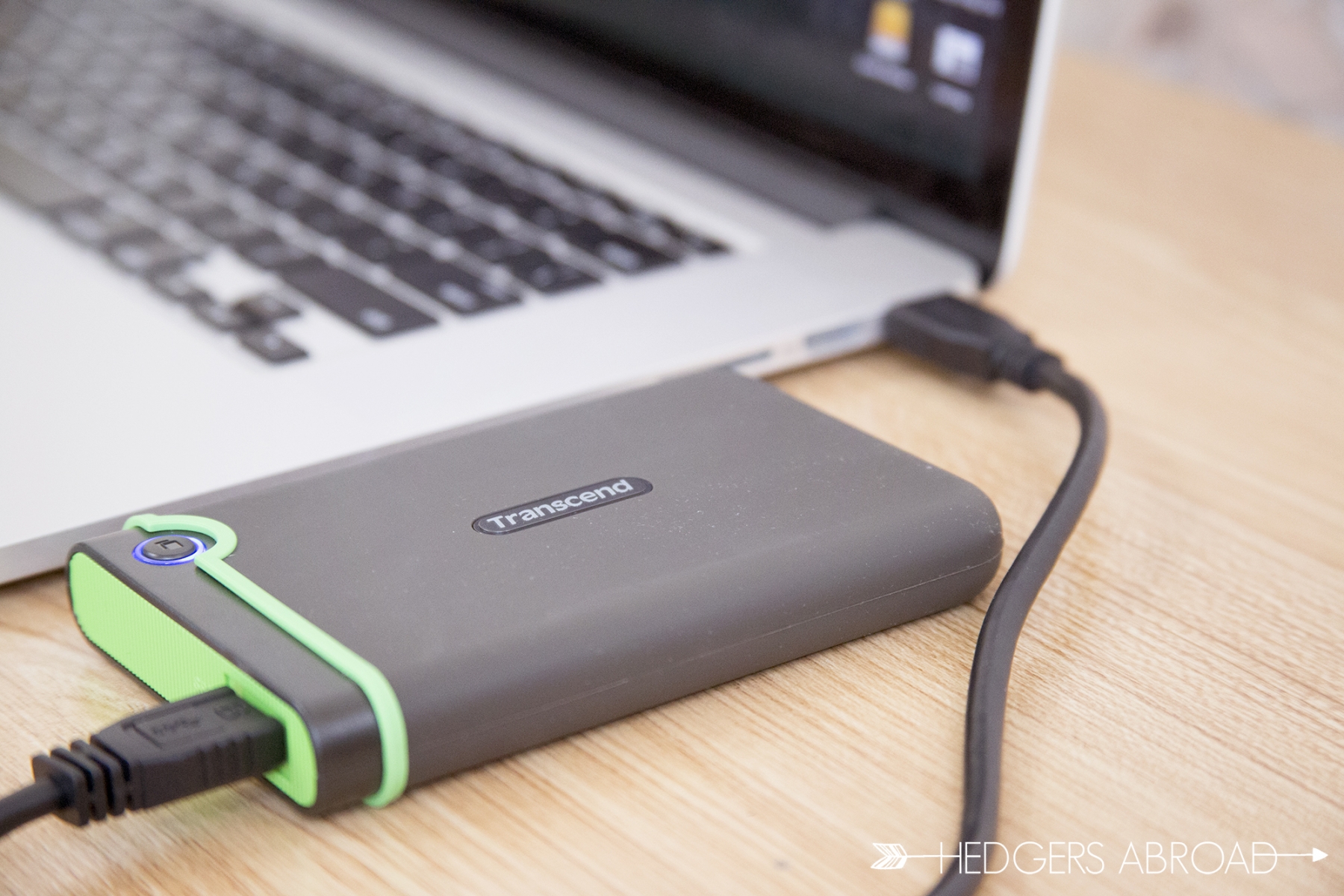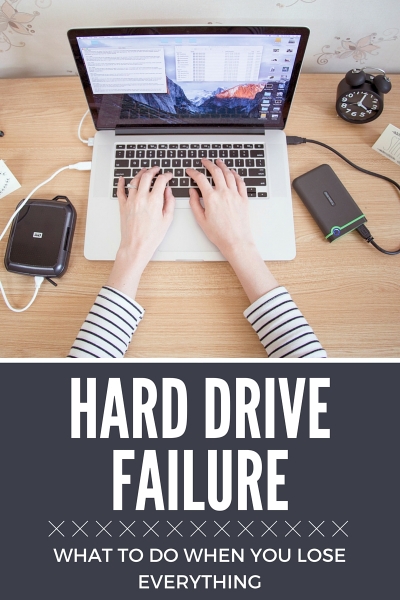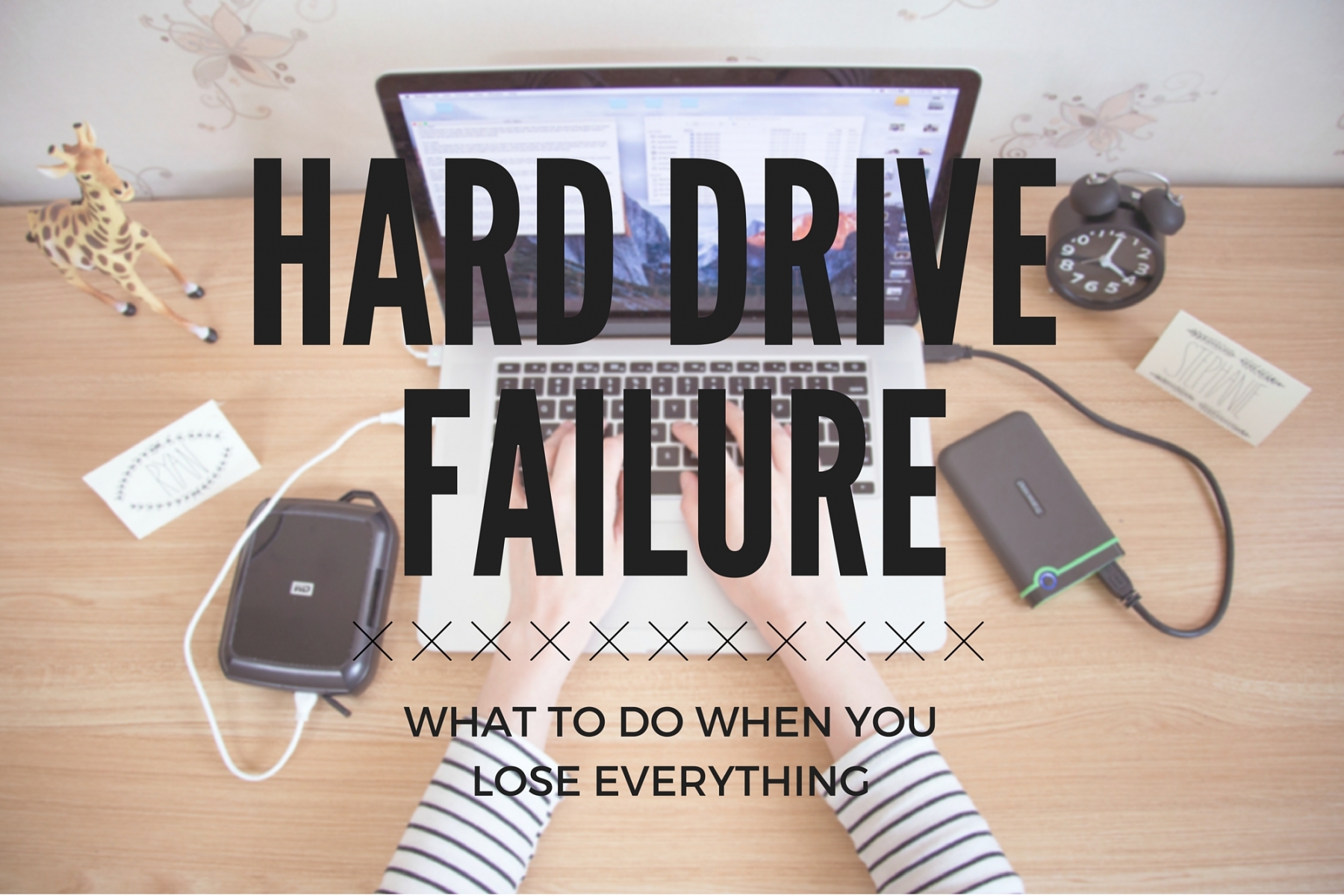There are more terrible things that can happen to a person; let’s be clear. Diseases, family tragedies, and financial hardships are all more desperate circumstances than the one we’re about to discuss, but our recent misadventure after a hard drive failure was as eye-opening as any unexpected tragedy. As bloggers who live and die by our photos and videos, the sudden and accidental loss of our Western Digital Passport Ultra 2Tb external hard drive was devastating. Sure, you’re probably thinking, “well if those files were so important, shouldn’t you have multiple backups in case of an emergency like this?” And, I mean, yeah. You’re right. We should have. So, as a cautionary tale that we’ve learned a great deal from and one that might help other people, hereafter lies our story of stupidity, lessons learned, and what to do when you lose everything.
The Incident
First things first, Stephanie dropped our hard drive. An obvious accident, she lost control of the drive and it careened into the ground from the sort of high velocity achieved while falling 2.5 feet from the desktop. This was probably not the first time one of us had accidentally attempted Hedgers Abroad sabotage, but this time the effect was noticeable. We plugged the cable into our shiny silver laptop and it wasn’t recognized. “Uh-oh!” Troubleshooting cap on, we plugged the cord into the older black laptop that I normally use, but the same “nothing” was achieved. We went into managed panic mode- downloading several recovery programs and drive repair softwares, but nothing was working. One recovery program was able to detect the fallen comrade, but it showed a storage capacity of 0.0Mb. Knowing from my stint working in IT that keeping an external drive powered after a mechanical failure can be more damaging than beneficial, and becoming increasingly worried about the ominous three melodic tones coming from inside the case, we contacted a recovery laboratory.
The Patience
We discussed our options with several recovery professionals we found on foreigner Facebook groups before we found one in the area that seemed confident in their abilities and seemed to have super professional-looking facilities. Newly encouraged after seeing pictures of people in lab-coats, we sent the drive to their facility and were readily welcomed to Data Recovery Purgatory. For two weeks we sat on our hands, wondering if not only our blogging abilities were being reset to zero content, but if our once in a lifetime photos and memories were gone forever. We were making trips to get new photos and see new places to blog about as a distraction, but the weight of all of those lost photographs (Angkor Wat being the most painful for me, three years in Korea for Stephanie) was gut-wrenching. I messaged the recovery guy almost daily for status updates even after he’d told me to “be patient and wait for the lab to contact me” several times. I’m not good at sitting on my hands, especially when something I care deeply about is in the hands of some stranger, white lab coat or not.
The Result
After two weeks of impatient waiting and inner turmoil, the news came that the lab was successful. A technician let us know that we were pretty lucky that they were able to recover the entire drive- the last three external drives they’d been sent were absolute goners. “Yeah, yeah” we said; “and where should I send my burning money.” Now for anyone who is lucky enough to have never had this sort of problem, you might be surprised at how expensive these types of services are. For completely sterile and demagnetized labs, you’re going to be paying several hundred dollars. Sure you can send it to a friend with a little bit of IT-know-how, but I have some IT know-how and I still went straight to the professionals. After weeks of agonizing stagnancy and mental anguish, they reported that they were able to recover the drive in its entirety. We paid a lot of money, sure, but those photos were priceless in our mind and we were more than willing to pay for their return.
What to do when you lose it all

Step 1: Computer Professionals
Our first step to try to recover our data was to send it to some computer specialists who also offered recovery services. If successful, they would have charged us significantly less than a recovery lab would, so obviously that should be the first step for anyone trying to recover data without paying an arm and a leg. They will use recovery software to try to recover your lost data. If they fail, they should also be able to point you in the direction of a reputable recovery lab.
Korea MacPC Guys – Well trusted guys with a shop in Gwangju that do great work for most repairs. They got my Hard Drive sent over tot he lab then mailed me a new hard drive with the files.
Step 2: Recovery Lab
Unfortunately, our data couldn’t be access using the standard software and the next step was to send it to a lab that would open up our hard drive and try to access the data physically. These laboratories specialize in restoring sensitive data often for large corporations, so their services will be more expensive. If you’re like us and highly value what’s been lost, it may be totally worth it to pay the fee. Expect to pay between $300 – $500.
Myeong Recovery Lab – These are the amazing guys who did the actual recovery.
After Recovery

Durable Hard Drives
After all of this was said and done, we have walked away with a better understanding of our data and how we need to protect it. We bought a new hard drive and a specialty case not only to keep out dust and water but also adds some silicone buffers to protect the hard drive during falls. Twenty dollars is a small price to pay to better protect a high capacity drive. On the other hand, there are drives built more for rugged use such as the LaCie and our new Transcend drive. Beware that the rugged drives are more expensive but often come with longer warranties.
New HDD: Western Digital 2Tb Passport Ultra with a Nomad Case. Photo and media backup drive. Backed up with CrashPlan.
New HDD: Transcend StoreJet 25M3 1Tb. Computer Operating System and website backups. Backed up with CrashPlan. (This is the drive they used to mail me the recovered data. Military grade construction. Should have bought these to begin with!)
Back it up!

We also did some research into cloud backup services and, after weighing many pros and cons, settled on using CrashPlan’s automated and UNLIMITED STORAGE system. As of this moment we are still working on uploading all of our recovered data to the cloud (Terabites take a long time to upload. Like, weeks.) but that should be done in due time and we’ll never have to worry much about a complete loss again. Worst case scenario in the future: a hard drive crashes, we throw it in the trash, buy a new hard drive, then simply download the contents of the broken one onto the new drive. With this service, and some new cases for our current external drives, we should be pretty safe from a catastrophic even like this every happening again.
Code 42’s CrashPlan – Highly customizable, unlimited storage backup service. Runs in the background and ensures that your data is all saved to the cloud. About $5 a month for so much piece of mind.
BackBlaze – Another excellent unlimited storage backup service. More automated than CrashPlan, but both are highly respected and trusted. Slightly cheaper than CrashPlan.
All said and done, this was a necessary lesson in backups and securing hardware in protective cases. We feel much better moving forward, but also incredibly lucky. I hope that none of you ever have to face this situation and you rethink the security of your photos, videos, and memories.










Whew! I can imagine that sinking feeling. I’m glad to hear recovery was successful!
It was pretty awful. We basically just had to constantly distract ourselves to keep from thinking about it. NEVER AGAIN haha